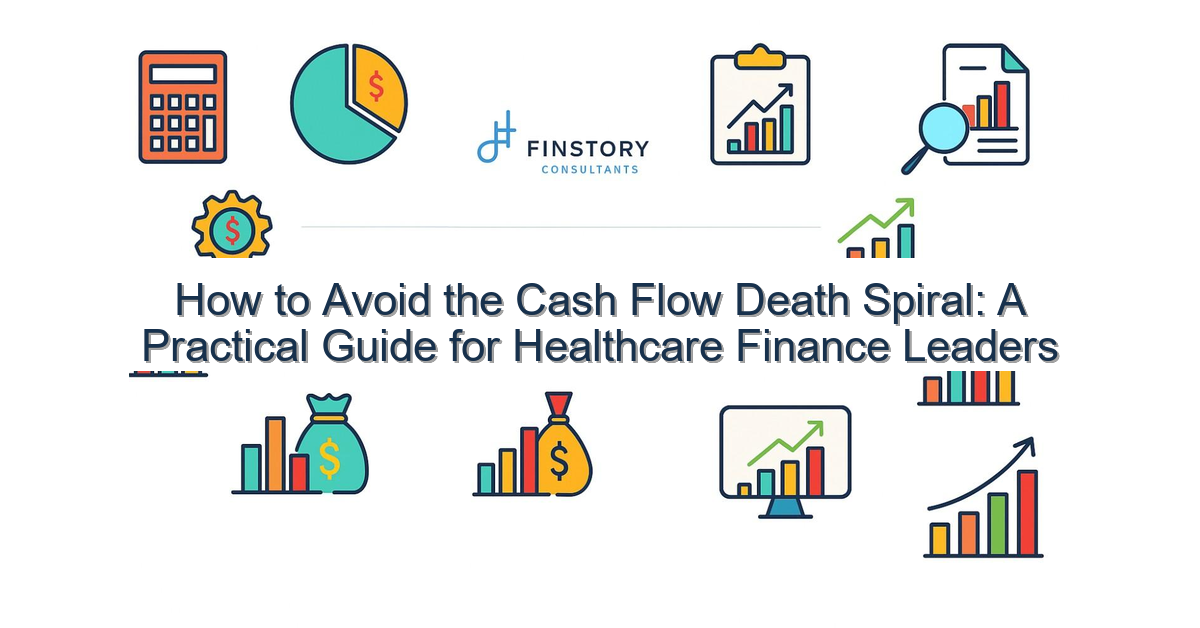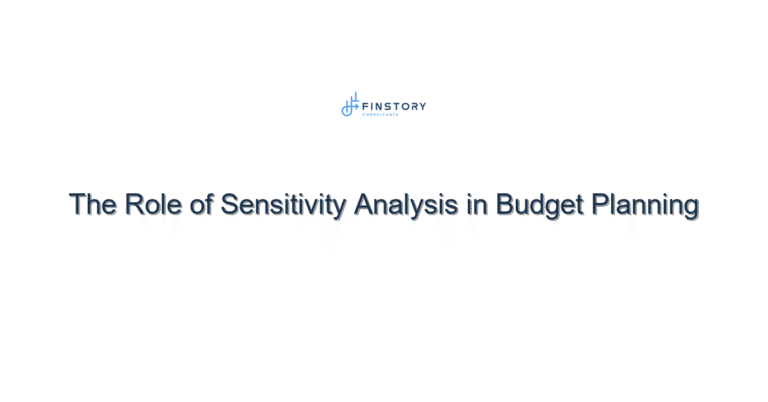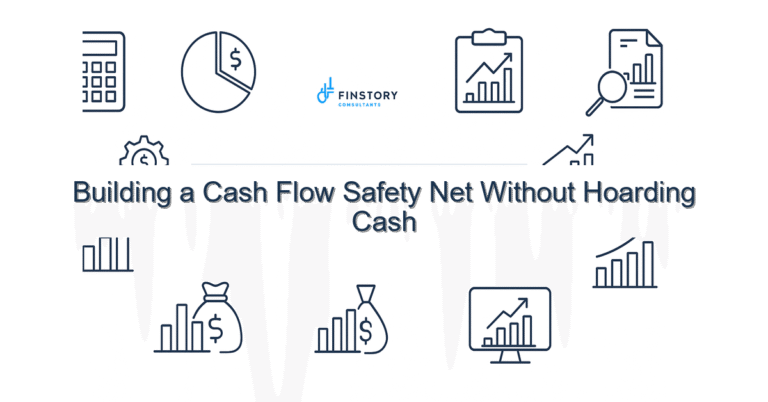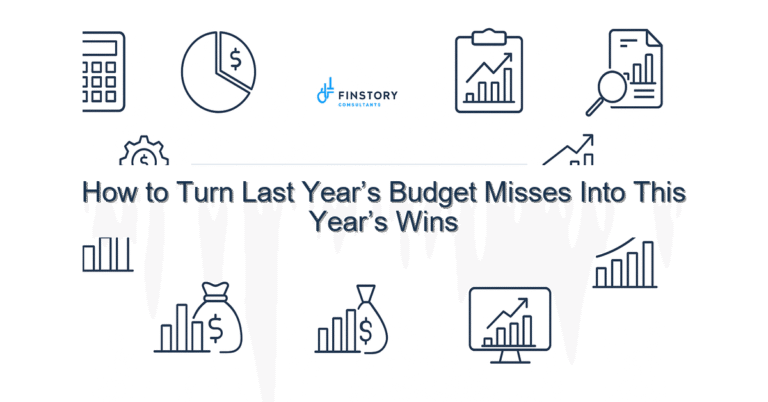How to Avoid the Cash Flow Death Spiral: A Practical Guide for Healthcare Finance Leaders
You know the feeling: revenue is coming in slower, payers take longer, and every week feels like triage. You’re not alone — many hospitals and clinics slip into a cash-flow grind that becomes harder to escape the longer it goes on.
Summary: The win is straightforward: stabilize near-term liquidity while fixing the root causes in your revenue cycle, then build forecasting and automation to prevent repeat crises. That combination frees cash now and creates predictable operations you can trust.
What’s the real problem?
In plain terms, the ‘‘cash flow death spiral’’ happens when delayed or lost receipts force cutbacks that further weaken operations, which then slow collections or increase denials. It’s a self-reinforcing loop: cash problems create operational problems, which worsen cash.
- Symptoms: growing A/R days and aging buckets above 90 days.
- Symptoms: denial and rework rates climbing week over week.
- Symptoms: surprise short-term borrowing, frozen hiring or postponed clinic hours.
- Symptoms: leadership making firefight decisions instead of strategic ones.
What leaders get wrong
I’ve seen smart teams respond in ways that make the spiral worse. A few common mistakes:
- Cutting staff in revenue-critical areas first (billing, denials) because they look like discretionary costs.
- Treating cash as a short-term problem only — ignoring root causes in payer contracts, coding, or scheduling.
- Relying on monthly reports and gut feel instead of weekly/daily cash visibility.
- Buying point tools without a data plan — dashboards that show old numbers still lead to bad decisions.
A better approach
You want a practical, phased way out. Use a simple 4-step framework: stabilize, diagnose, fix, automate.
- Step 1 — Stabilize cash: run a 13-week cash forecast, prioritize collections, and negotiate short-term terms with vendors to buy runway.
- Step 2 — Diagnose revenue leaks: map where claims fail (registration, coding, payer rules) and quantify the dollars by payer and service line.
- Step 3 — Fix the process: focus on the highest-dollar, highest-frequency failure points — denials, underpayments, slow authorizations.
- Step 4 — Automate and govern: build near-real-time reporting, automate repetitive tasks, and establish weekly leadership review for root-cause metrics.
Short story: a 200-bed community hospital I worked with had 72-day DSO and $4M stuck in A/R over 90 days. We started with a 13-week cash plan and a focused denials team that escalated the top 10 payers. Within 90 days they cut A/R >90 days by 40%, freeing about $1.6M and stopping a planned furlough.
Quick implementation checklist
- Run a 13-week cash forecast today and highlight the worst 2 weeks.
- Generate the A/R aging and list claims >90 days by payer and dollar value.
- Assign one owner per top-5 payer to drive denials and underpayments.
- Stand up a daily cash log (bank balance, receivables collected, key payor receipts).
- Pause non-essential capital spend for 60 days and re-evaluate ROI.
- Negotiate short-term vendor payment terms or extended lines to cover the worst weeks.
- Set up a weekly leadership cash review with FP&A and operations (30 minutes).
- Start a quick audit of registration and coding errors on the top 10 procedures.
- Publish a simple Power BI cash dashboard for executives with key trends and drivers.
What success looks like
- Reduce DSO by 5–15 days within 90 days (depending on size and payer mix).
- Lower denial rate by 30–60% in the first quarter after targeted fixes.
- Forecast accuracy of cash receipts within ±10% for a rolling 30-day horizon.
- Free up 10–30% of working capital previously trapped in aged A/R.
- Shorter cash cycle: cut billing-to-cash cycle time by 20–40%.
Risks & how to manage them
- Risk: Bad data (GIGO). Mitigation: reconcile key feeds (bank, EHR, billing) weekly and create a single source of truth for cash.
- Risk: Staff resistance to new processes. Mitigation: front-load quick wins, show early results, and provide focused training for revenue cycle teams.
- Risk: Vendor or payer pushback on terms. Mitigation: prioritize negotiations where the dollar impact is highest and use short-term bridges (lines of credit) only as needed.
Tools & data
Use finance automation where it matters: AP automation to free cash for negotiation, AR automation for claim scrubbing and auto-appeals, and RCM platforms to reduce denials. Integrate EHR and billing systems so registration and coding errors reduce before claims go out.
Power BI (or similar) should be your front-end for leadership reporting: daily cash, 13-week forecast, top payers by aging, denial trends, and service-line margins. FP&A models need to be scenario-ready — quickly toggle volume declines, payer rate shifts, or delayed receivables to see the cash impact.
Next steps
If you want a fast start, run the 13-week cash forecast and the A/R aging this week and book a focused leadership review. If you’d prefer outside help, a short diagnostic of your top revenue and denial drivers usually uncovers a few high-value fixes.
Contact Finstory to run a rapid assessment, build the dashboard, and outline a 90-day plan that prioritizes cash and operational stability. We work with finance and operations to translate improvements into dollars and sustainable process change.
Work with Finstory. If you want this done right—tailored to your operations—we’ll map the process, stand up the dashboards, and train your team. Let’s talk about your goals.
📞 Ready to take the next step?
Book a 20-min call with our experts and see how we can help your team move faster.
Prefer email or phone? Write to info@finstory.net
or call +91 44-45811170.





